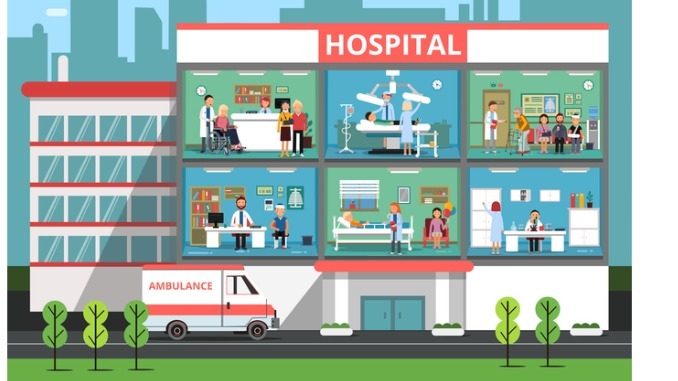
Every day, over 1.6 million patients rely on the safety and functionality of more than 10,000 NHS buildings across the UK. Ensuring these facilities meet high standards isn’t just about compliance; it’s a critical duty to safeguard both patients and healthcare professionals
CREDIT: This is an edited version of an article that originally appeared on NHS England
For two decades, NHS England has been the guardian of standards for all NHS estates, producing pivotal technical guidance that is internationally regarded as exemplary. These guidelines amalgamate healthcare-specific elements of national and international standards, ensuring that each NHS facility operates safely and efficiently. Compliance with these guidelines is not just recommended but required for new project approvals and the ongoing maintenance of existing facilities.
Diverse guidance for diverse needs
The NHS’s technical guidance spans across 110 documents, falling into various categories including:
- Health building notes (HBNs): These provide design and planning guidelines for new and existing healthcare facilities, covering everything from department layouts to dementia-friendly environments and infection control.
- Health technical memoranda (HTMs): Focused on the specialised building and engineering technology in healthcare, these cover crucial areas like fire safety, electrical safety, and waste management.
- NHS estates technical bulletins: These allow for quick updates to existing guidance, accommodating legislative changes and new safety learnings rapidly.
Innovative and essential updates
This year, NHS England’s national estates team has refreshed nine guidance documents and introduced four new bulletins. These updates are prioritised based on safety risks, technological advancements, and the time since the last review, with a rigorous 18-month process involving scoping, drafting, and multiple rounds of expert review.
Looking ahead
In 2024, the focus will be on updating guidance on fire risk assessments, healthcare cleanliness standards, and specialist HBNs, including a new section on water safety. Recognising the critical nature of some areas, an annual review of key documents related to water, ventilation, fire safety, medical gases, and decontamination has been instituted to enhance patient and staff safety further.
Embracing technology
Efforts are underway to integrate modern technologies such as AI and large language models to streamline parts of the update process. This not only maintains the high standards of NHS technical guidance but also improves the efficiency of creating and updating these critical documents.
Making guidance accessible
Accessibility remains a top priority, as these guidelines must be practical and usable in everyday healthcare settings. NHS England is committed to widening community engagement to enhance the accessibility and applicability of these documents, which are available on the NHS England website.
Understanding and adhering to NHS technical guidance is vital for practice managers to ensure the safety and efficiency of their healthcare facilities, directly impacting patient care and staff well-being. By staying informed about updates and actively engaging with the guidelines, practice managers can maintain compliance, mitigate risks, and enhance the overall quality of healthcare delivery within their practices.


Be the first to comment